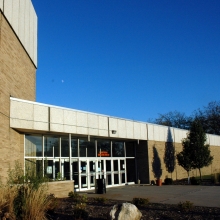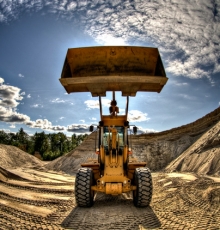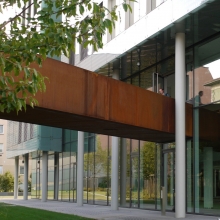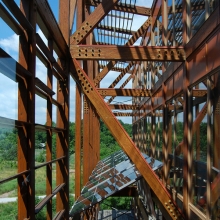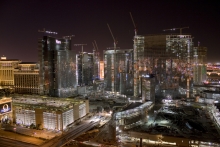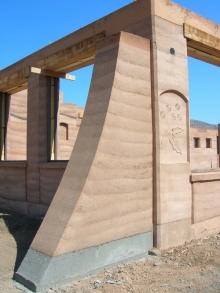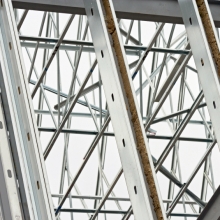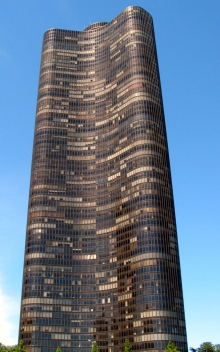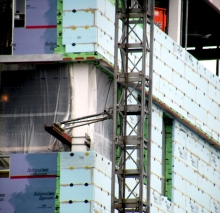Case Study: BGSU Roof Replacement
Having provided 43 years of service, the Ice Arena at Bowling Green State University is a popular venue on campus that serves the BGSU students and faculty as well as the local municipal community. Currently operated by The Department of Recreation and Wellness, the Ice Arena was originally designed in 1965 and contains the main ice sheet, sized at 200’ X 85’. It also houses a studio ice sheet that is 80’ X 40’ and a curling ice sheet at 150’ X 57’, as well as a lounge and other supporting facilities.
